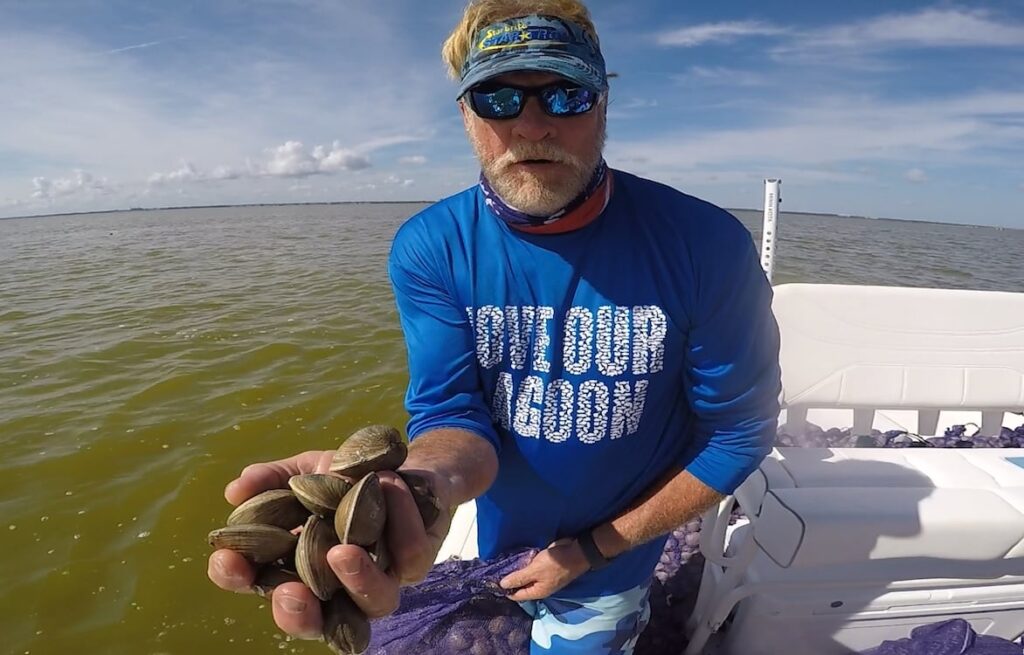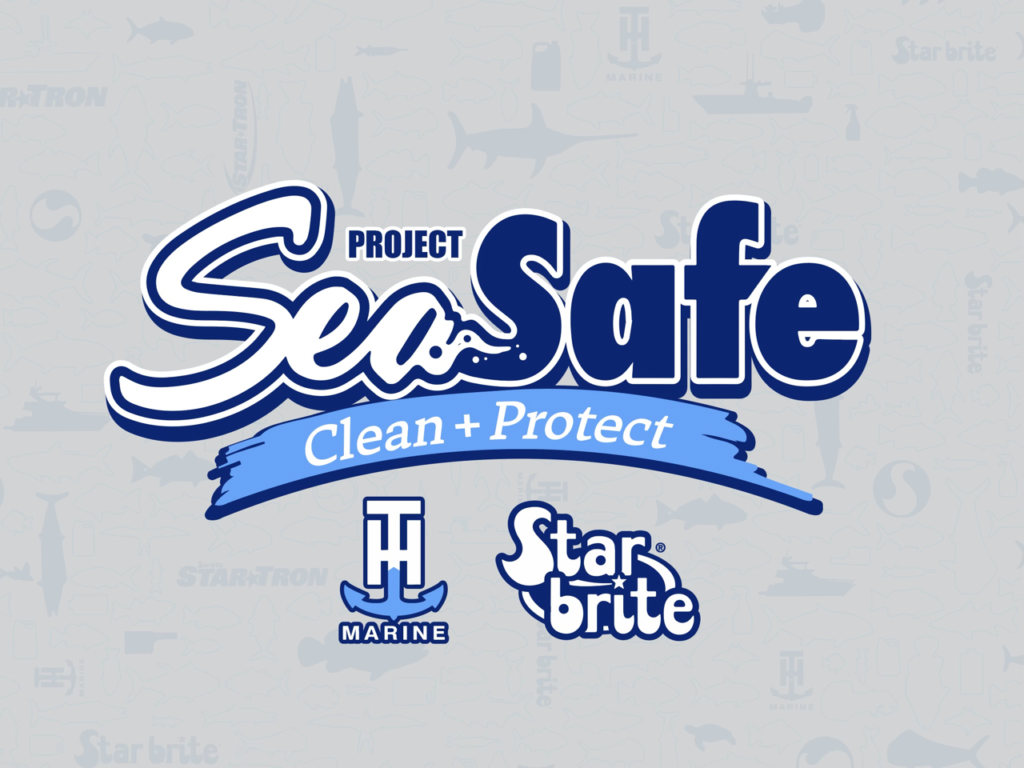
Discovery Channel host, angler, and conservationist, Captain Blair Wiggins of Blair Wiggins Outdoors, will be present to repatriate clam beds through his Indian River Lagoon Clam Restoration Project (IRLCRP), a collaboration with CCA Florida, FWC, University of Florida Whitney Laboratory for Marine Bioscience, and Premium Seafood.
The program has identified and reproduced native “super clams” bred from a population of clams that have survived these changing times. Clams are one of nature’s water filters, and the goal of the project is to catalyze the restoration of the clam populations and clarify the water so that the seagrasses can return. To date, the IRLCRP has planted over 20 MILLION clams.
Clams are fascinating creatures that play an important role in marine ecosystems. They filter the water, help maintain the balance of marine habitats, and serve as a food source for other marine organisms. Clam populations have faced challenges in recent years due to various factors such as pollution and changing environmental conditions. However, recent efforts in clam planting and monitoring have shown promising results.
One significant achievement is the planting of 20 million clams so far. This effort has been instrumental in bolstering clam populations in certain areas. Survival rates have been encouraging, with an overall rate of 60-65%. However, survival rates are not uniform across all locations, and closer proximity to inlets seems to be beneficial for clam growth. Clams in these areas tend to grow faster and experience lower salinity stress.
Salinity stress is a significant challenge for clams, and freshwater input from storm drains is a major contributor to this issue. Lower salinity levels caused by freshwater input can lead to stress and reduced survival rates for clams. Ocean salinity is typically around 35 parts per thousand (ppt), but clams can survive in salinity levels as low as 15 ppt. However, survival rates are compromised at these lower levels.
Clams that are farther away from inlets tend to grow slower and have lower survival rates. This could be due to the higher salinity stress in these areas. Nevertheless, there have been positive signs of clam reproduction in recent times. Water samples have shown evidence of larval clams, known as veligers, indicating that clams are reproducing. Last year, approximately 25% of samples had veligers, but this year the number has increased to over 50%.
Each adult female clam has the potential to release over 1 million eggs, which contributes to the reproductive success of clams. The larval stage of clams lasts for 8-15 days, after which they settle to the bottom and dig in. This period is critical for the survival and recruitment of clams.
Despite the challenges clams face, the recent efforts in clam planting and monitoring have shown positive results. The resilience of clams in the face of environmental stressors is evident through their survival and reproductive success. Monitoring efforts have provided valuable insights into the distribution, growth, and reproduction of clams, which can inform future conservation and management strategies.
In conclusion, the planting of 20 million clams, the survival rates of 60-65%, the evidence of clam reproduction, and the challenges of salinity stress and freshwater input highlight the resilience of clams. Clams play a crucial role in marine ecosystems and their continued survival is essential for maintaining healthy marine habitats. The efforts and findings presented here provide valuable information for ongoing conservation and management efforts to protect and restore clam populations for future generations.





